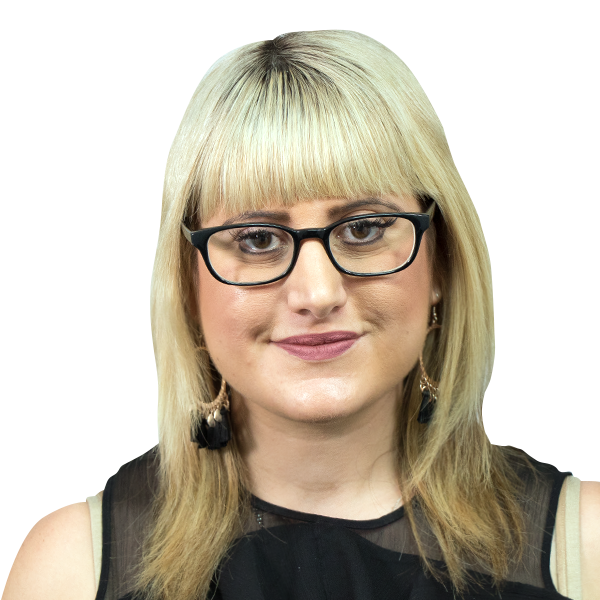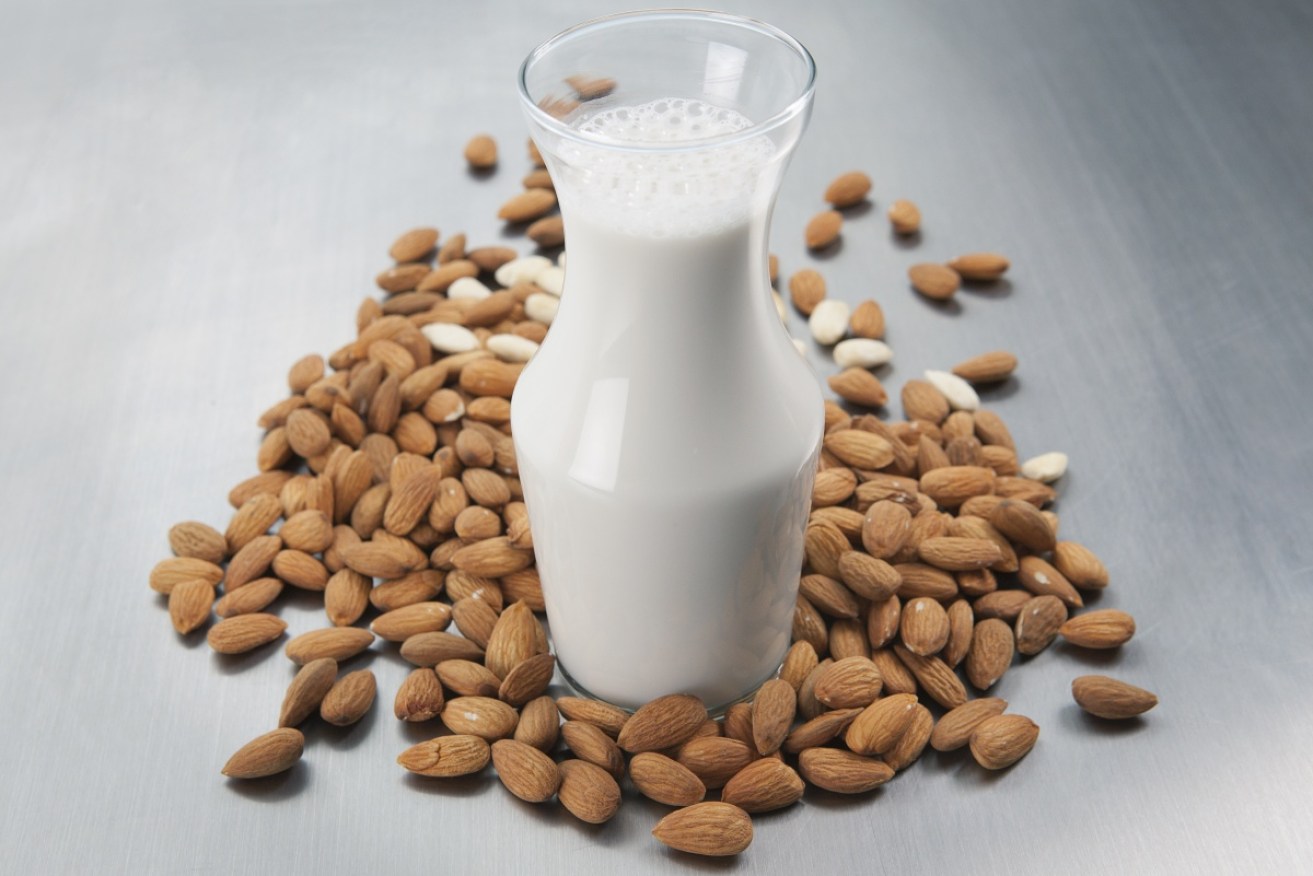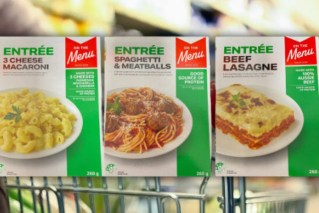Demand for alternative milk ‘not hurting’ dairy farmers


The dairy industry thinks it's unfair to refer to almond milk as "milk". Photo: Getty
Consumption of dairy milk alternatives, sometimes referred to as ‘mylk’, has surged by more than 60 per cent in 10 years but the rise of that market is not a major threat to dairy farmers, experts say.
The latest figures by market research company IBISWorld reveal consumption of dairy alternatives such as soy and almond milk have grown by $58 million in the past decade.
Data from the past year shows soy milk is becoming an increasingly popular alternative to milk in Australia, accounting for 49.9 per cent of the industry.
Almond milk accounted for 43.9 per cent, rice milk 3.7 per cent and oat milk 1.2 per cent.
Dairy consumption remained strong with an average of 2.1 per cent year-on-year growth, with revenue of $3.2 billion in 2018.
‘No effect on dairy farmers’
Woolworths announced on Tuesday it had stopped selling cut-price milk, saying something had to change to help struggling dairy farmers.
The supermarket giant said it had bumped up the cost of its Woolworths-branded milk by 10 cents a litre, with the money to go to back to farmers who’ve faced years of drought and low profitability.
IBISWorld senior industry analyst Bao Vuong told The New Daily even though the figures showed a strong demand for nut ‘mylk’ alternatives, it wasn’t hurting the dairy industry.
“It’s not really having that much of an effect on the dairy industry,” Mr Vuong said.
“The reason we are seeing this demand is because Australians are becoming more health conscious, with vegan and vegetarian diets on the rise.”
Mr Vuong said the trend will most likely continue in the next five years.
“We have rising obesity levels in Australia, meaning health consciousness will increase. Therefore all these new diets will become even more popular and will drive consumption,” he said.
Consumers are ‘cross-purchasing’
Dairy Australia human health and nutrition policy manager Melissa Cameron said dairy milk still dominated 93 per cent of supermarket sales.
Non-dairy alternatives accounted for 7 per cent of supermarket sales.
“Consumers are not ditching dairy for non-dairy alternatives – they are increasingly cross-purchasing,” Ms Cameron told The New Daily.
“Milk naturally contains eight essential nutrients, however with one single ingredient as opposed to the long list of ingredients on non-dairy alternatives.
“Consumers are perhaps unable to easily recognise the nutritional value on offer compared to the long list of ingredients and added nutrients in alternatives.”
‘Misdiagnosis occurring’
Melbourne dietitian and nutritionist Jordan Psomopoulos said he had seen an increase in people misdiagnosing themselves with various food intolerances including dairy and gluten.
“People are turning to these dairy alternatives because they may experience bloating and feel discomfort, which in turn leads them to avoid dairy products such as milk,” Mr Psomopoulos said.
He said there were several unqualified theorists on social media making outrageous claims about dairy.
“These theorists are trying to connect dairy product consumption with certain types of cancers and other diseases, which is not accurate of course,” he said.
‘It’s not milk’
Dietitian and nutrition researcher Dr Veronique Chachay told The New Daily last year that alternative milk products fall into an entirely different food group to milk.
“It’s extremely misleading to consumers,” Dr Chachay said.
“Even almond milk cannot be compared to soy milk, or rice milk or any other product.
“For example, coconut milk is high in fat, while oat milk is high in carbohydrates.
“People need to know what they are getting from a packaged food product, so it’s important to read the ingredients list to check for things like calcium.”










